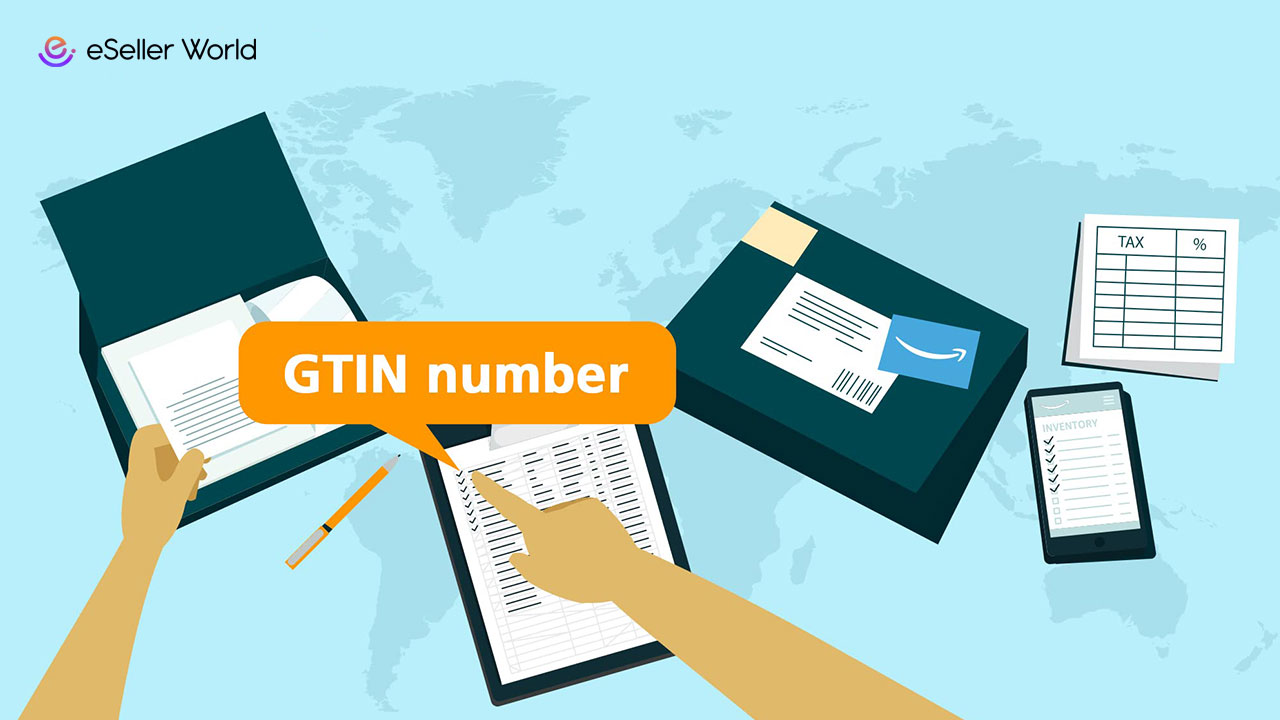
What is Global Trade Item Number?
A Global Trade Item Number (GTIN) is the number you see below a barcode on products. More than 50 years ago, the retail industry came together and agreed that each product should have its own unique number to identify what the product is and who makes it. Today, GTINs have become the global standard for product identifiers in many other industries beyond retail. They are issued and maintained according to GS1 Standards, which creates the number and the barcode’s acceptance across the world.
GTINs can be licensed from one of 116 member organizations around the world, and it is recommended to license your GTINs from the member organization that serves your country. For companies based in the United States, you can license your GTINs from GS1 US.
About GS1 US
GS1 US is the United States member organization of GS1, a neutral, not-for-profit, and industry driven supply chain standards organization. GS1 Standards are used by over 2 million user companies and generate over 10 billion transactions daily through the use of GS1 Standards.
Widely known as the issuer and administrator of the UPC barcode, GS1 US maintains and advocates for the use of a host of other supply chain standards that create efficiencies to help businesses scale across all channels in their respective industries. In the retail industry, GS1 Standards form the foundation for unique product, company, location, and logistics identification. These unique identifiers can then be captured in standardized GS1 barcodes like the UPC and EAN product barcodes for product and then shared across the supply chain in a consistent and standardized way.
GTINs for E-commerce
If you are a brand that is sourcing, importing, warehousing, and selling products in the market, no matter the channel, you are part of the global supply chain and by implementing GS1 Standards into your processes is a healthy business strategy.
With over 60% of all consumer product searches beginning online, the GTIN has been a critical component in helping brands, retailers and marketplaces digitally identify, classify, and verify the millions of products that are now being listed across a multitude of digital channels. Search engines and marketplaces need to accurately index products to support this volume and return accurate search results.
For example, Google advocates for brands to include GS1 GTINs in their listings on Google Shopping or when setting up Google ads. Amazon similarly recommends the use of GS1 GTINs. Why? In addition to classifying and categorizing products, valid GTINs are a key part of confirming a product’s authenticity. Marketplaces verify the owner of a GTIN through the GS1 Global Registry. If the company and product don’t seem to match, it can lead to listing suppressions and delays in selling product.
Positioning your products to scale beyond online is also a good idea but before you can sell you products through a national retailer, you will need to prove your ability to meet their requirements. One key qualifier the biggest retailers look for is the implementation of qualified GS1 GTINs identifying your product and scannable UPC or EAN barcodes on your packaging.
Get a GTIN
Getting GTINs from GS1 US is easy and whether you are a small brand with just a few items or a brand with a large product assortment and plan on adding more, GS1 has an option for you.
GS1 US offers Single GTINs without a renewal fee, so one new product can be qualified for retail sales without a heavy lift. The GTIN will be associated with your company and will work with your e-commerce and marketplace platforms.
If your brand’s product assortment has 10 or more product variations or you plan to position your products to be sold in multiple retail channels, a GS1 Company Prefix is the best option as they allow you to create your own GTINs in bundles from 10 to 100,000 and also allows you to create other GS1 identification numbers, like the Global Location Number (GLN) and the Serialized Shipping Container Code (SSCC) that may be required with your retail trading partners. A GS1 Company Prefix is the best path forward for brands looking to scale to an omnichannel environment.
Whether you license a GS1 US Single GTIN or a GS1 Company Prefix, you company will become a member of GS1 US and receive free access to GS1 US Data Hub, a tool that will help you create products, assign GTINs and set up your barcodes for printing.
While successful brands may be interested in moving fast and staying agile, it’s also still important to understand key details that lead to growth. To get your supply chain set up for success, visit GS1 US for resources on GTINs and other critical identification numbers.









